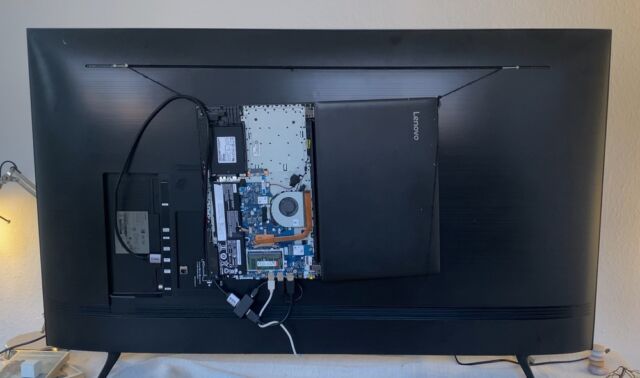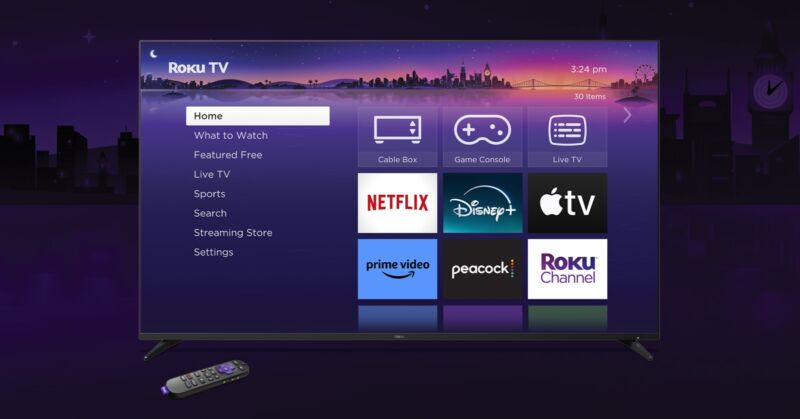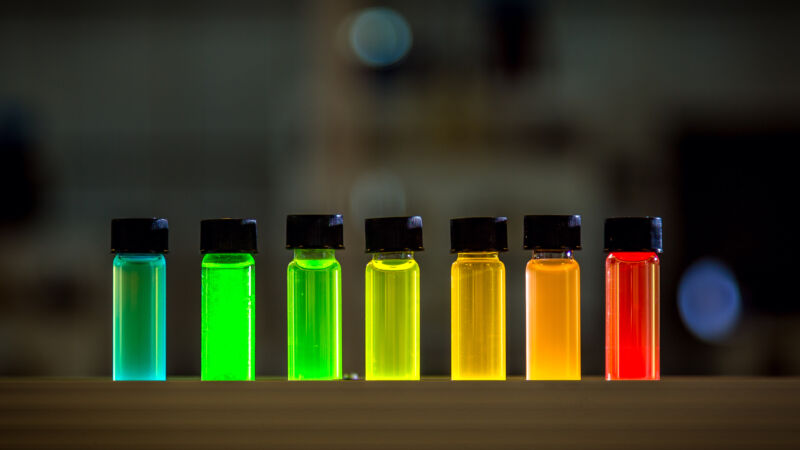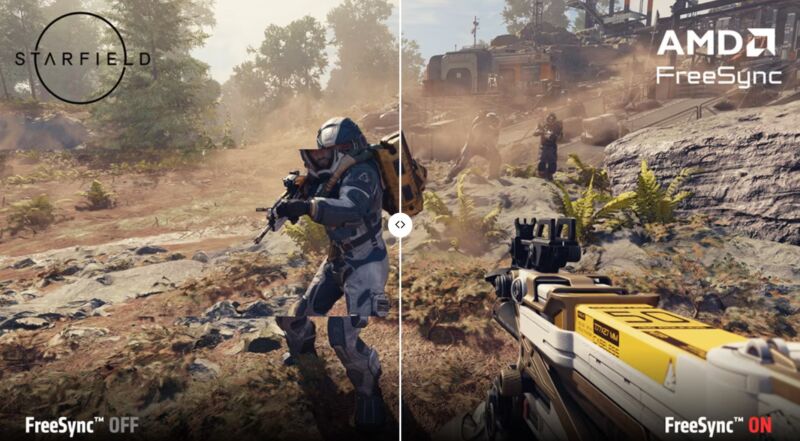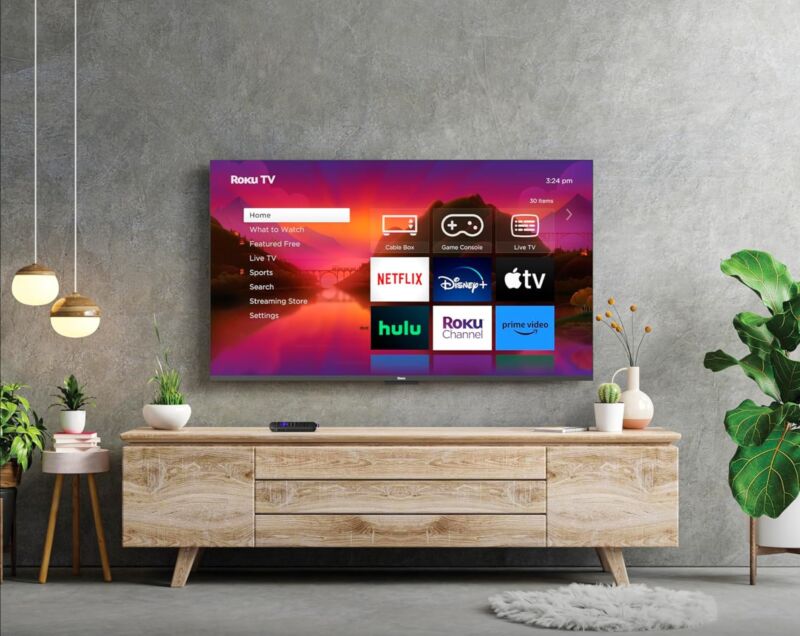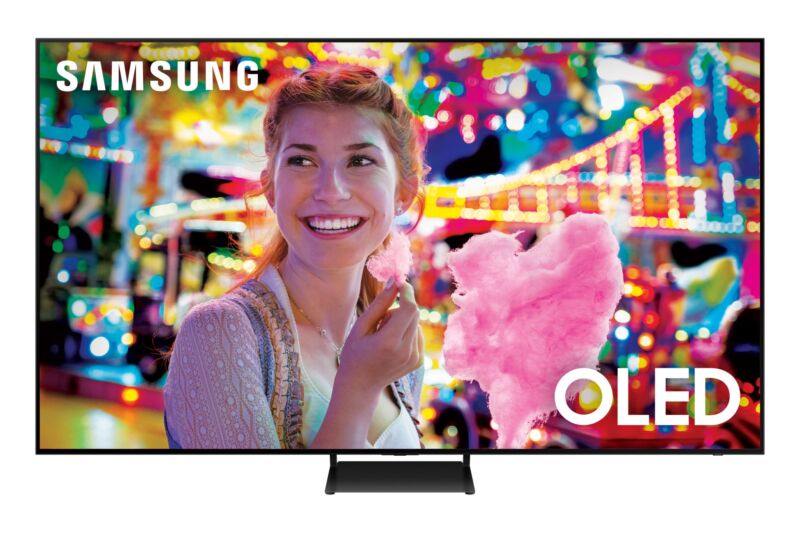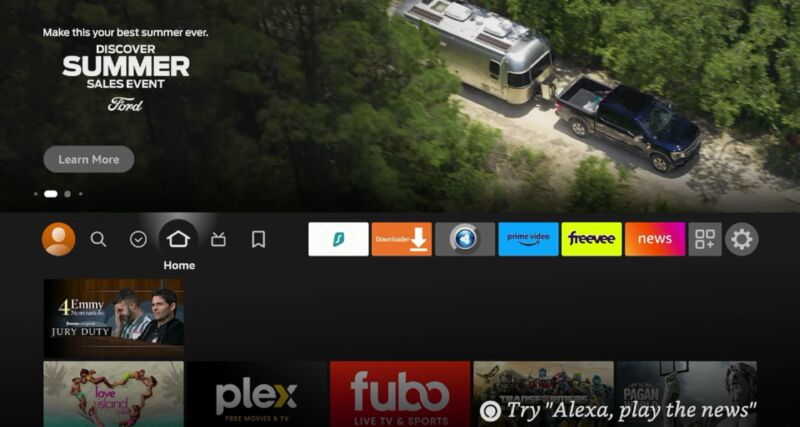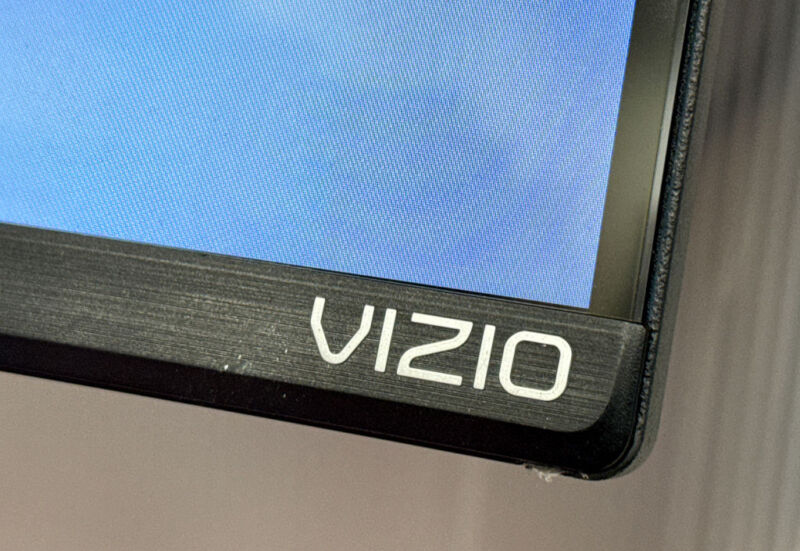-
 chevron_right
chevron_right
Imperfect, Linux-powered, DIY smart TV is the embodiment of ad fatigue
news.movim.eu / ArsTechnica · 5 days ago - 21:10 · 1 minute

Enlarge (credit: Carl the Person/YouTube )
Smart TV owners have been subjected to a growing amount of ads and tracking. Ad fatigue, only worsened by a trend that sees streaming providers trying to force customers into subscriptions with commercials , is understandable. We’re at the point where someone would rather use a broken laptop dangling off a TV than be subjected to the watchful eye of the TV's native operating system.
Earlier this month, as spotted by Tom’s Hardware , a blogger named Carl Riis, who says he’s a software engineer, shared his DIY project, a Linux-based “smart TV.” Riis’ project doesn’t stand out because it’s the most unique, clever, or clean. In fact, if you’re the type of person willing to pay a lot for TVs with strong aesthetic appeal, like TVs that can look like artwork or appear transparent , you’ll be put off by the EarlGreyTV. The system uses an old Lenovo laptop that has a broken keyboard and is attached to a TV by a string. As Riis wrote: “This may look a little insane, but it has been a great way to keep things neat while retaining access to the laptop."
The laptop is broken because Riis spilled tea onto the keyboard years ago. The keyboard stopped working, making it hard to turn the laptop on and off. “I have to short two specific pins where the keyboard connects to the motherboard. For this reason, I have the back removed, which probably also helps it run less hot,” Riis wrote.

